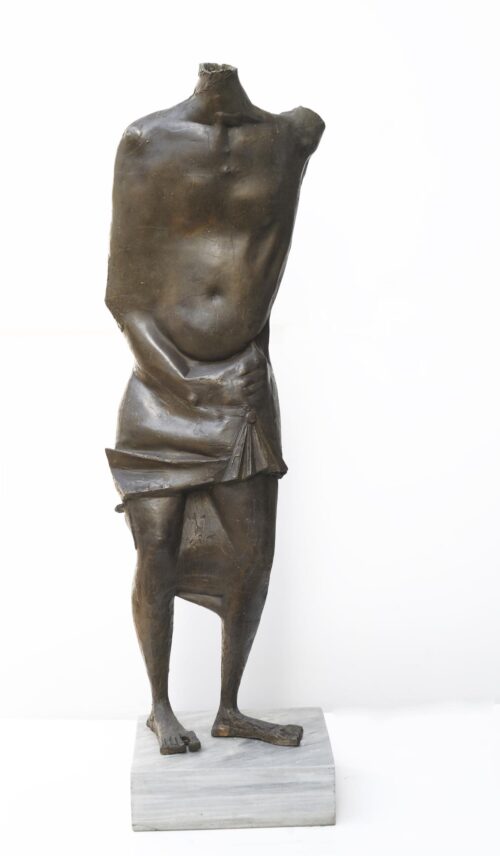
Kapralos Christos (1909 - 1993)
Aged Aphrodite, 1978
With his roots in a poor farming family, he took his first painting lessons from the icon-painters in the region. In 1928 he came to Athens, originally working as a designer in the office of the architect V. Kouremenos and then at the scupture workshop of Vasos Falireas. From 1930 to 1934, with the support of the Papastratos brothers, he studied painting at the Athens School of Fine Arts. But his flair for sculpture, led him that same year to Paris. In the French capital he attended lessons at the Colarossi and Grande Chaumiere Academies, working mainly under Marcel Gimond. In 1940, with the outbreak of war, he returned to Greece and was called up. During the German occupation he went back to his village working in the tobacco fields, but without giving up his sculpture. In 1946 he returned to Athens once more where he opened a studio and dedicated himself singlemindedly to his art. In 1962 he settled on Aegina where he spent most of his time. Since 1995 his studio there has functioned as a museum.
He started to exhibit in 1946 with the presentation of his first solo exhibition at Parnassos. This was followed by solo exhibitions in Greece and abroad, as well as a retrospective at the National Gallery in 1981. He also took part in group, Panhellenics and international exhibitions, such as the Biennales of Venice in 1962 and 1972 and Sao Paolo in 1975.
Right from the start his sculpture was focussed on the human figure. Originally using clay, plaster, stone and marble he made single pieces of sculpture or series of works, rendered realistically, having as their source of inspiration ancient Greek sculpture, primarily the archaic period. At the beginning of the Sixties he turned to abstract compositions, but not completely non-figurative. Employing his own technique, he created works made of sheets of copper, in which the deliberate distortion, the fragmentary rendering and the combination of heterogeneous elements had expressionism, surrealism and futurism as their models. He was also interested in objects of everyday use and animal figures and used wood for the creation of compositions inspired by mythology, history and the Christian tradition.

Aged Aphrodite, 1978

Centaur and Lapith Woman, 1961
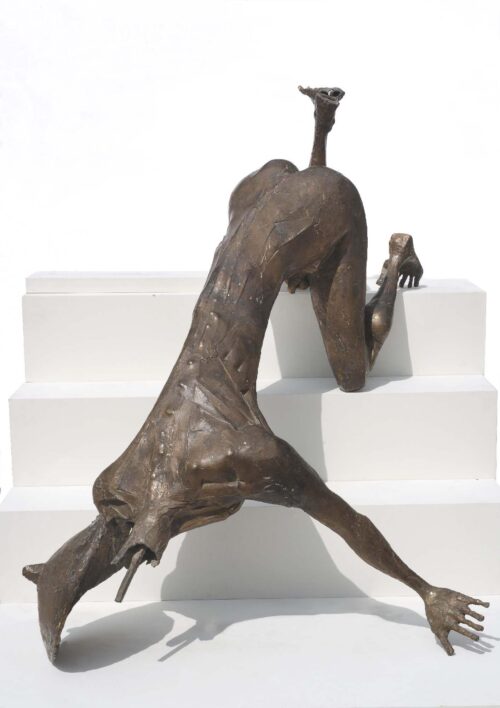
Large Wounded Hoplite – Vietnam, 1968 -1969
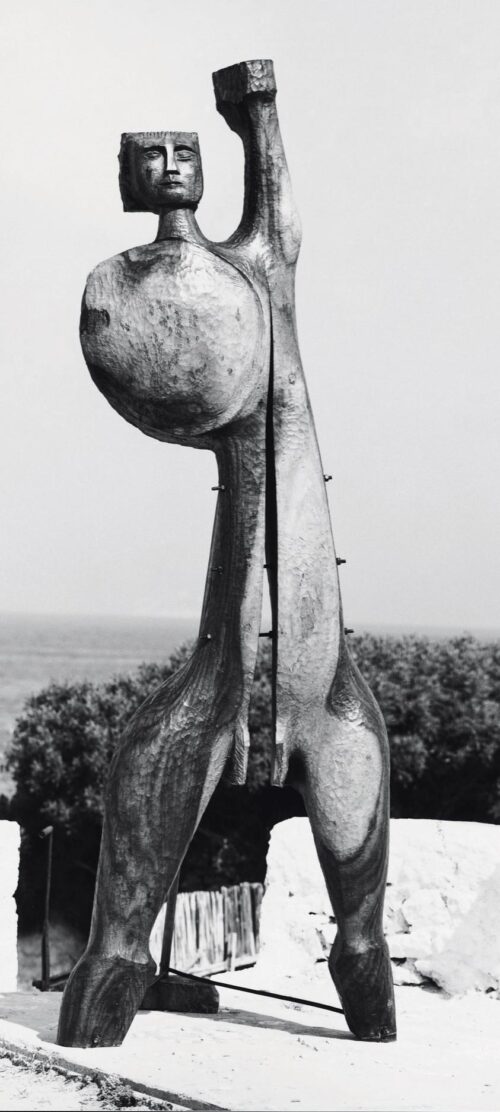
Warrior, 1970
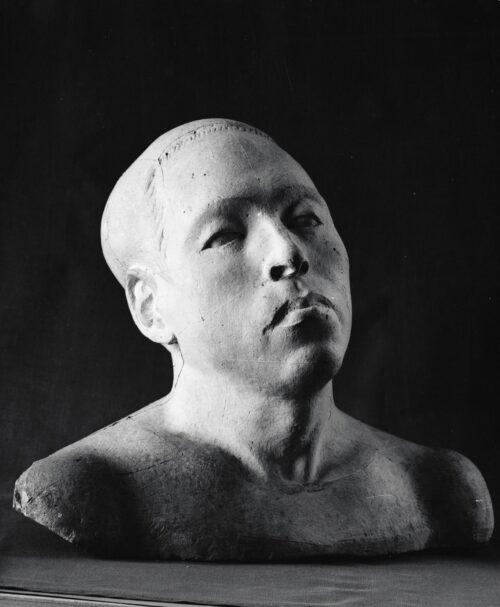
Kazuo Kikuchi, 1930 - 1934
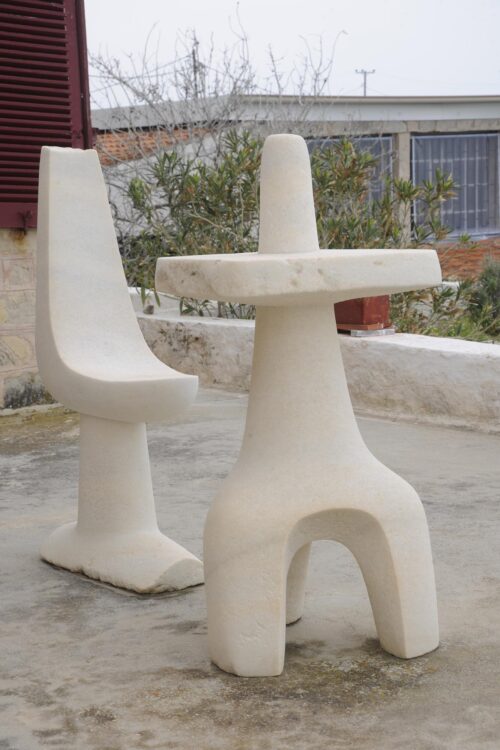
Table and Seat (Paros), 1967
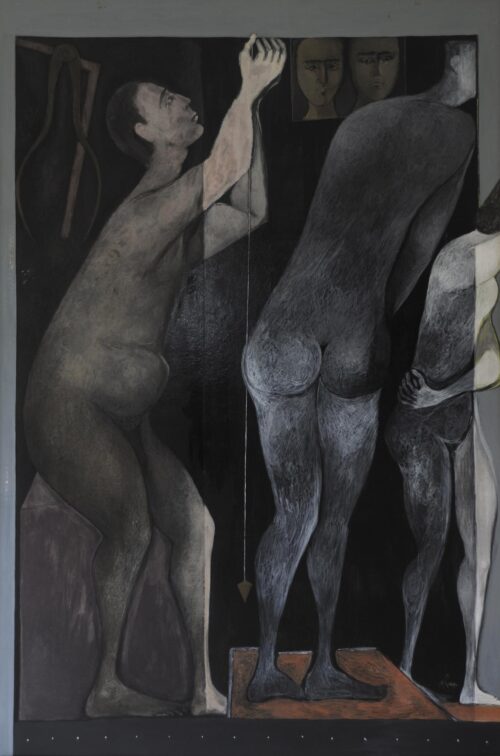
Composition with Working Artist, 1985
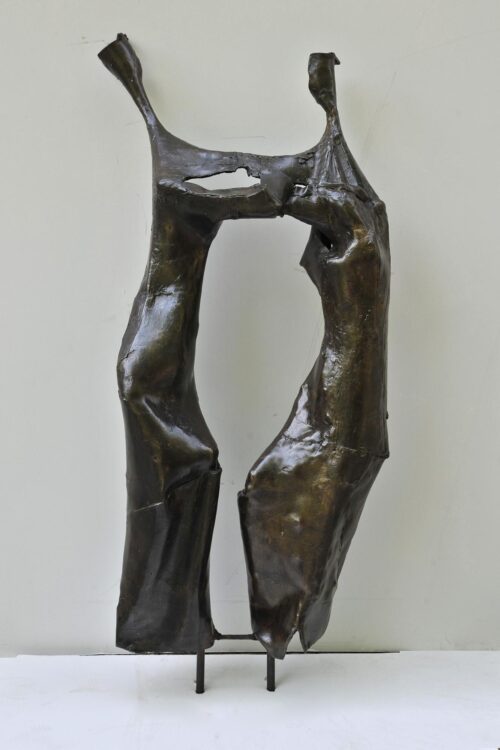
Mother – Daughter I, 1961
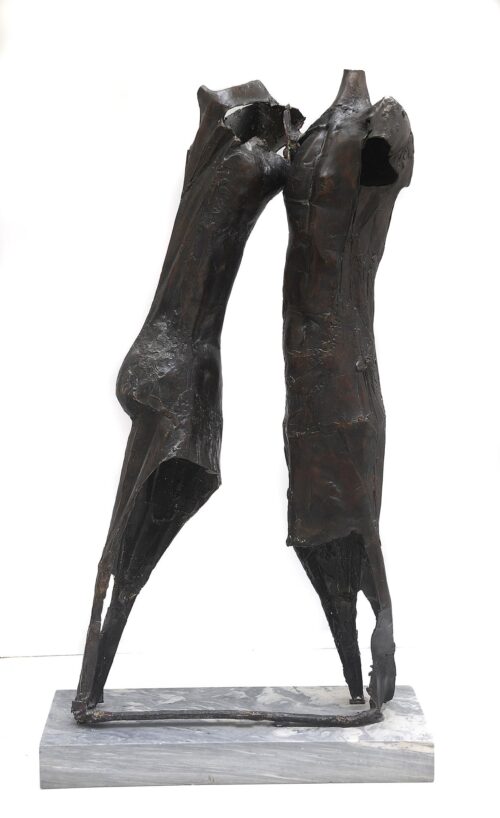
Mother – Daughter IΙ, 1963
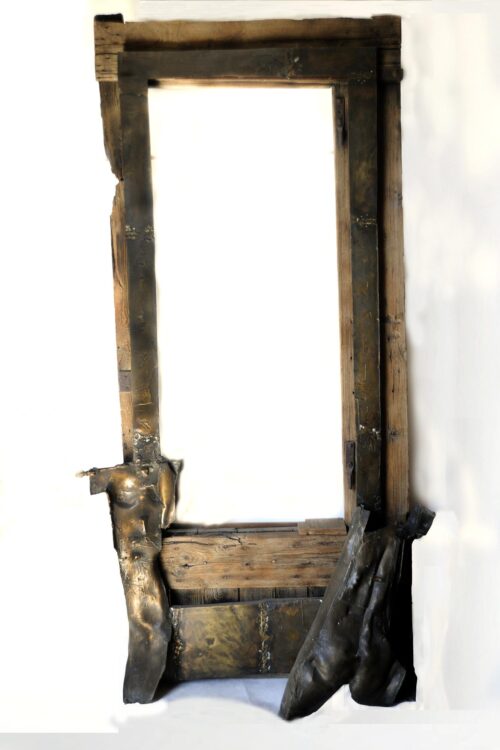
Vietnam (Door), 1968
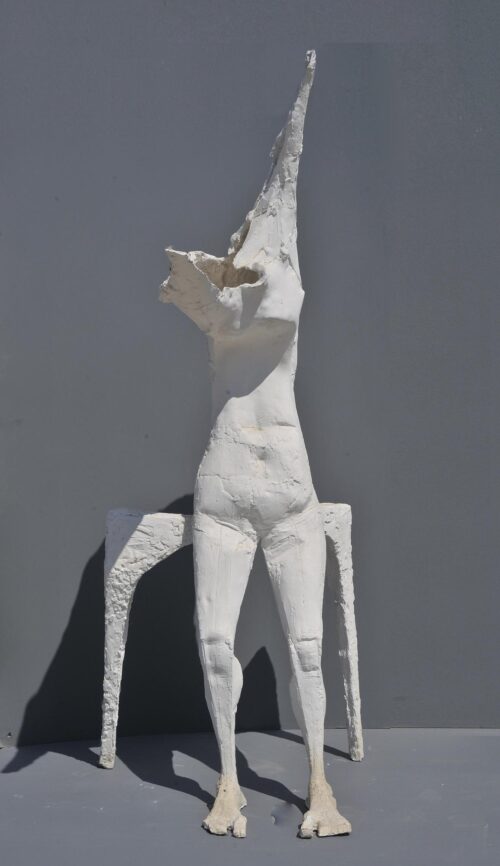
Bather III, 1963
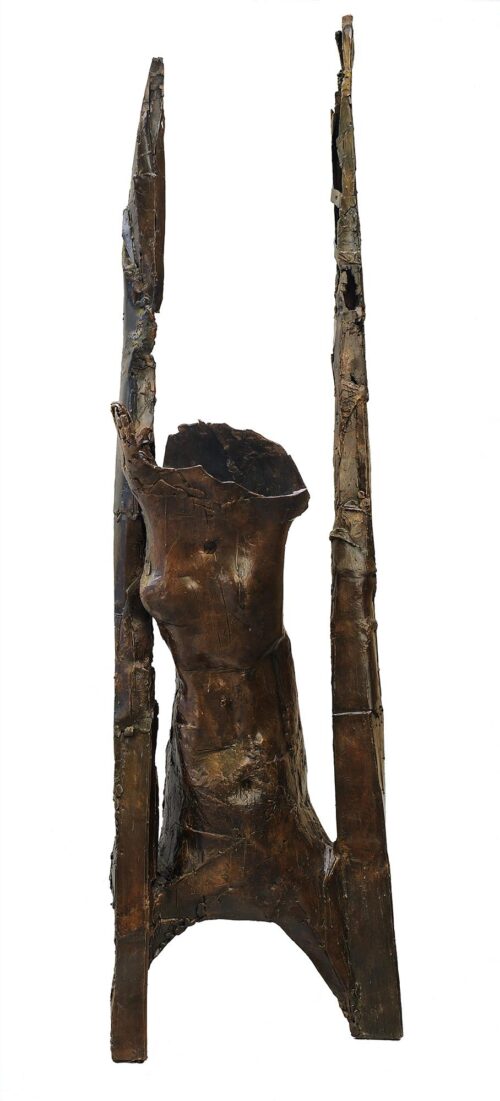
Daphne I, 1963
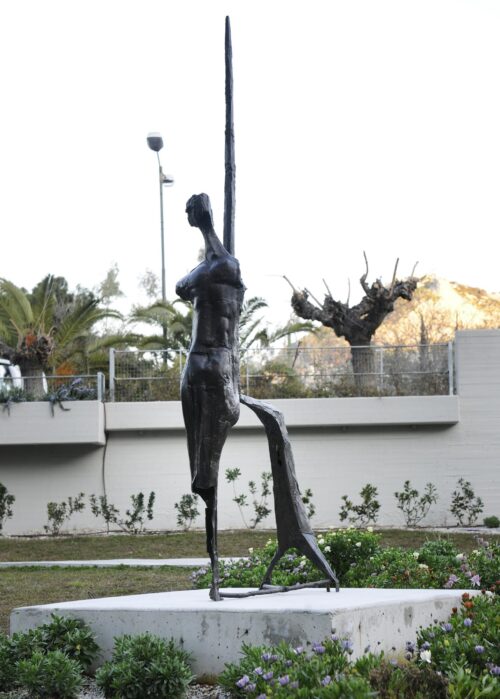
Figure (Woman of the Street), 1963
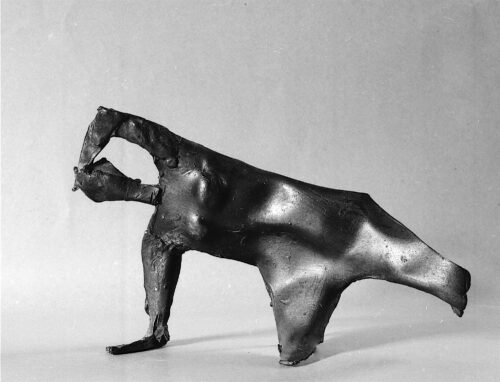
April 1967
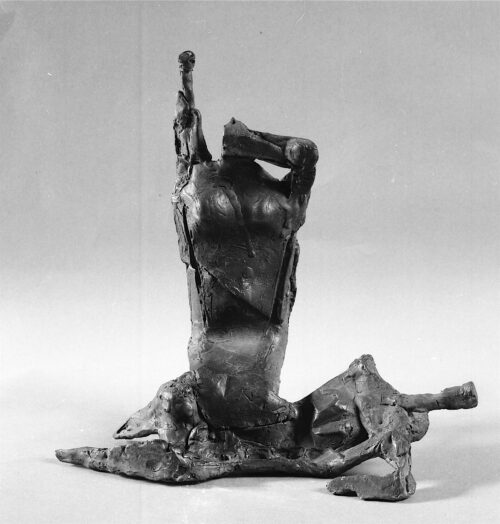
April 1967 (Mother’s Lament), 1967
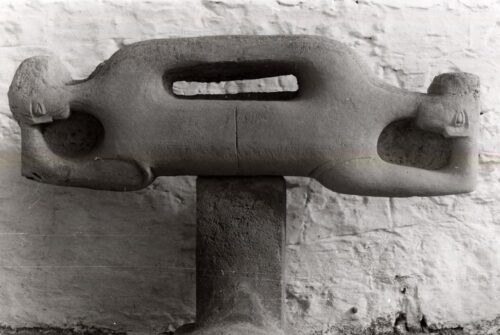
Composition (Card Figure – Jack), 1964
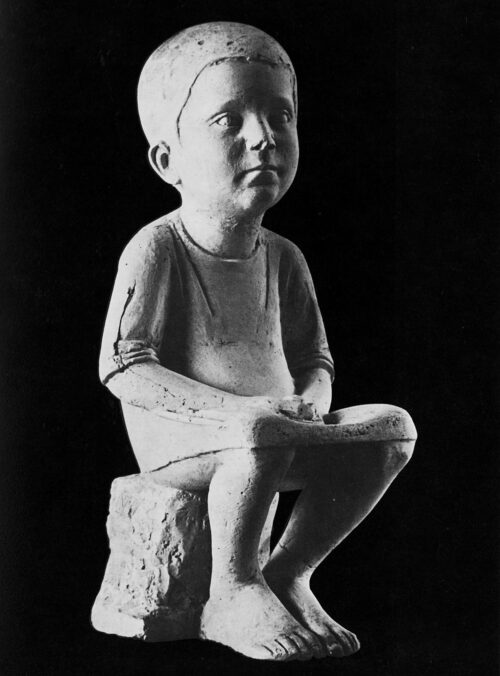
Noula, 1940 - 1945
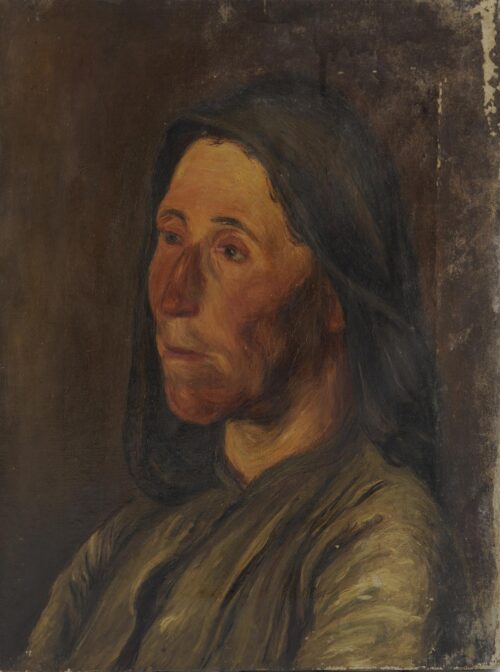
The Mother of my Friend Nikos Papadimitrakis, 1930 - 1934
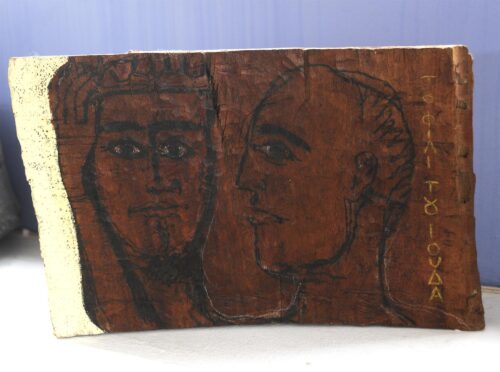
Judas Kiss, 1983
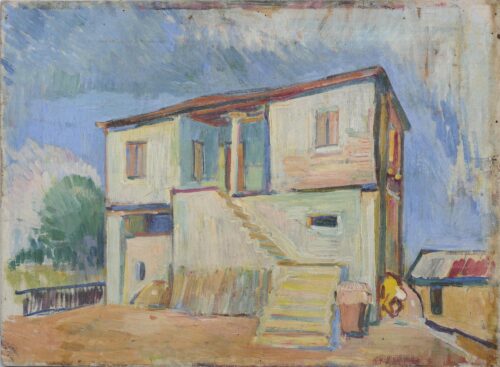
My House at the Village, 1950
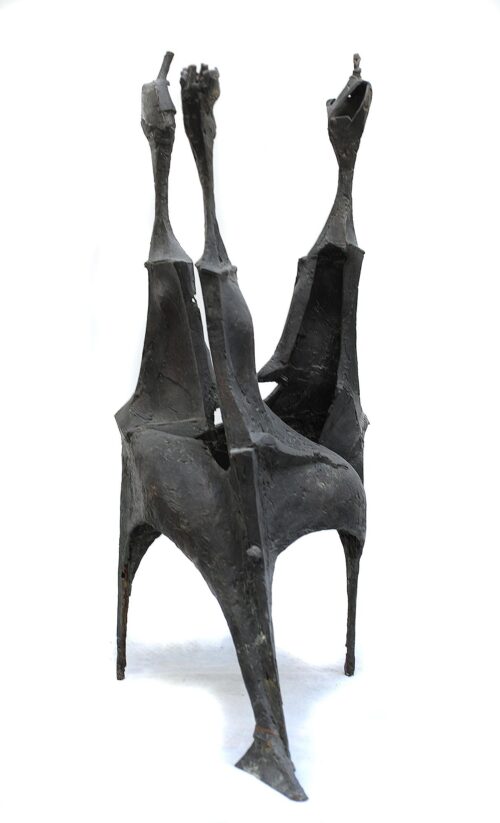
Three-figure Composition, 1960 - 1978
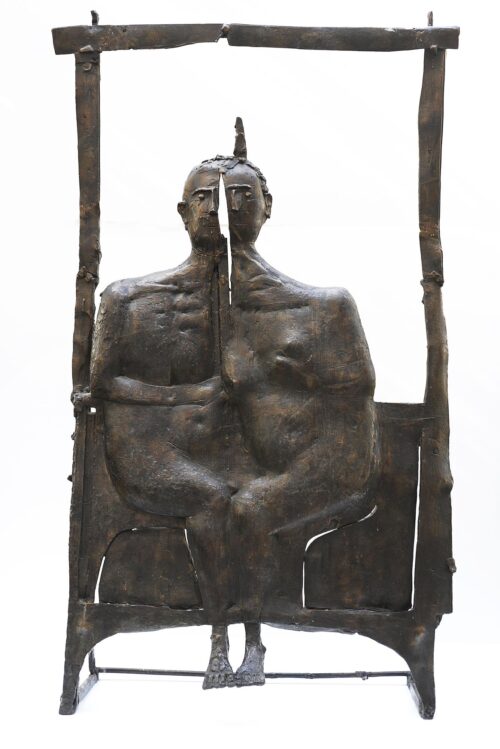
Composition of Two Seated Figures II, 1992
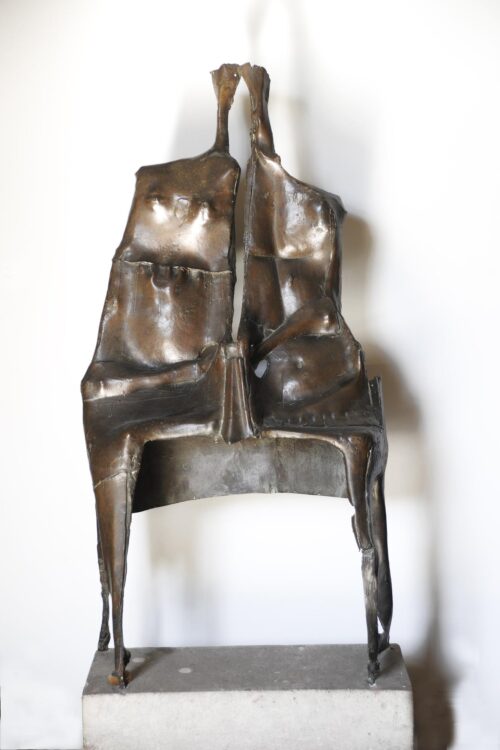
Composition with Two Seated Figures I, 1961
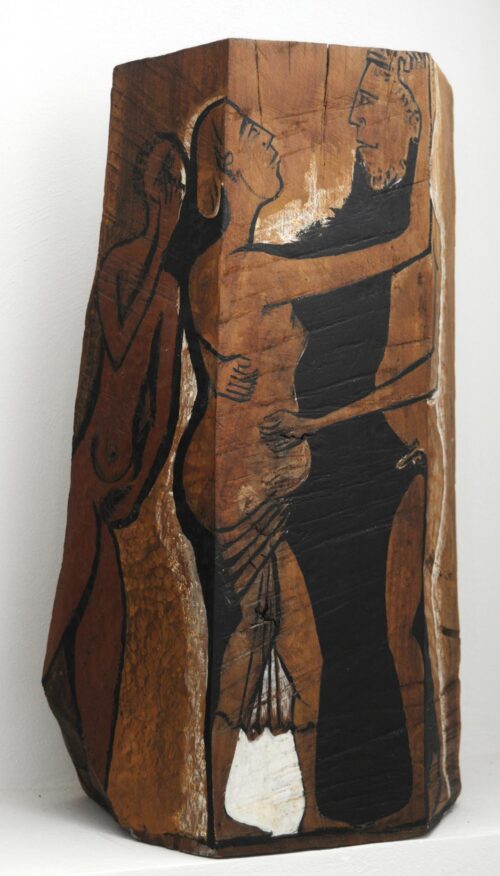
Three-figure Composition, 1983

We use cookies to make our site work properly, to personalize content and ads, to provide social media features and to analyze our traffic. We also share information about how you use our site with our social media, advertising and analytics partners. Read the Cookies Policy.
These cookies are necessary for the website to function and cannot be switched off in our systems. They are usually only set in response to actions made by you which amount to a request for services, such as setting your privacy preferences, logging in or filling in forms. You can set your browser to block or alert you about these cookies, but some parts of the site will not then work. These cookies do not store any personally identifiable information.
If you disable this cookie, we will not be able to save your preferences. This means that every time you visit this website you will need to enable or disable cookies again.
These cookies tell us about how you use the site and they help us to make it better. For example these cookies count the number of visitors to our website and see how visitors move around when they are using it. This helps us to improve the way our site works, for example, by ensuring that users find what they are looking for easily. Our website uses Google Analytics for statistics reporting.
Please enable Strictly Necessary Cookies first so that we can save your preferences!